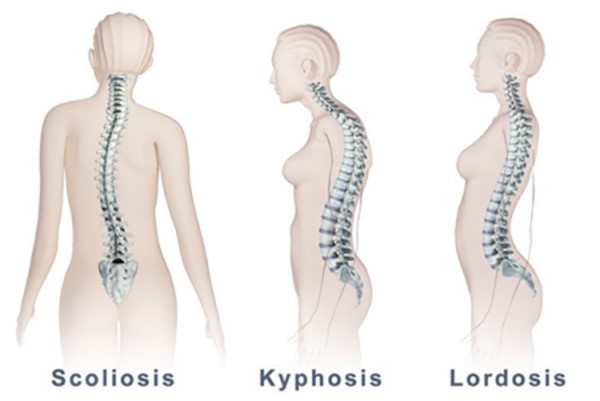A nurse is caring for a 3-year-old child whose parents report that she has an intense fear painful procedures, such as injections. Which of the following strategies should the nurse add to the child's plan of care? (Select all that apply.)
Have a parent stay with the child during procedures.
Allow the child to keep a toy from home with her.
Cluster invasive procedures whenever possible.
Perform the procedure as quickly as possible.
Use mummy restraints during painful procedures
Correct Answer : A,B,C,D
Allowing a parent to be present provides comfort and reassurance to the child. The familiar presence of a parent can help reduce anxiety and fear.
Allowing the child to have a familiar toy from home can provide a sense of security and distraction during procedures. It can help redirect the child's attention and provide a comforting element.
If there are multiple invasive procedures that need to be done, it is best to schedule them close together rather than spreading them out over a longer period. Clustering procedures reduces the number of times the child needs to go through the distressing experience and minimizes the overall stress and anxiety.
Minimizing the duration of the procedure helps reduce the child's discomfort and anxiety. Swift and efficient execution of the procedure can help make it less distressing for the child.
Using mummy restraints during painful procedures is not a recommended strategy.
Nursing Test Bank
Naxlex Comprehensive Predictor Exams
Related Questions
Correct Answer is D
Explanation
Scoliosis is a condition characterized by an abnormal sideways curvature of the spine, resulting in an S or C shape when viewed from the back. It commonly develops during adolescence and can vary in severity. The lateral curvature of the spine observed during the physical examination is a key sign of scoliosis.
Lordosis refers to an excessive inward curvature of the spine in the lower back, while kyphosis refers to an excessive outward curvature of the spine in the upper back, often referred to as a "hunchback."
Torticollis, on the other hand, is a condition characterized by an abnormal position or tilt of the head due to muscle tightness or weakness.

Correct Answer is A
Explanation
Distracting the child with a different activity or redirecting their attention can help diffuse the situation and shift their focus away from the tantrum. Offering to play a game or engage in a preferred activity can help redirect their energy and emotions.
Telling the child that temper tantrums are not acceptable may not be effective as toddlers may not fully comprehend or control their emotions yet. Ignoring the tantrums can also be challenging as it may reinforce the behavior or escalate the intensity.
Physically restraining the child is not recommended as it can be distressing for the child and potentially cause harm. It is important to use positive and supportive strategies to manage and address temper tantrums in toddlers.
Whether you are a student looking to ace your exams or a practicing nurse seeking to enhance your expertise , our nursing education contents will empower you with the confidence and competence to make a difference in the lives of patients and become a respected leader in the healthcare field.
Visit Naxlex, invest in your future and unlock endless possibilities with our unparalleled nursing education contents today
Report Wrong Answer on the Current Question
Do you disagree with the answer? If yes, what is your expected answer? Explain.
Kindly be descriptive with the issue you are facing.
